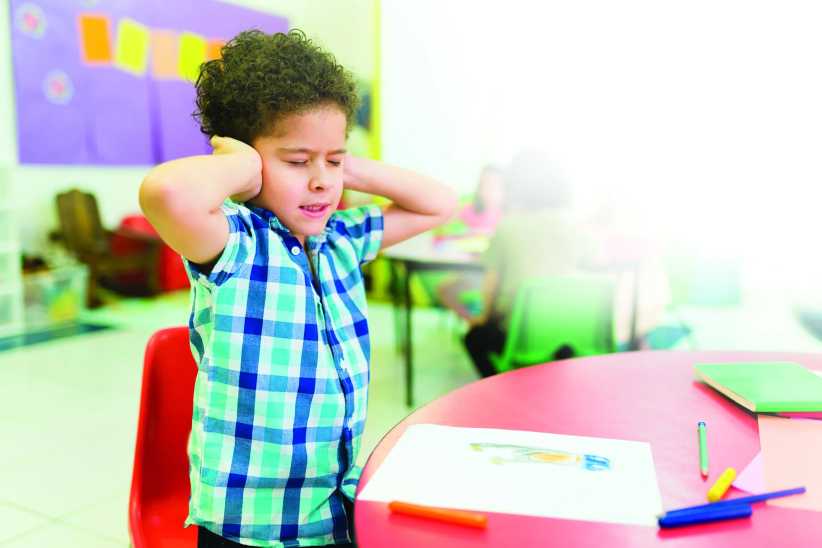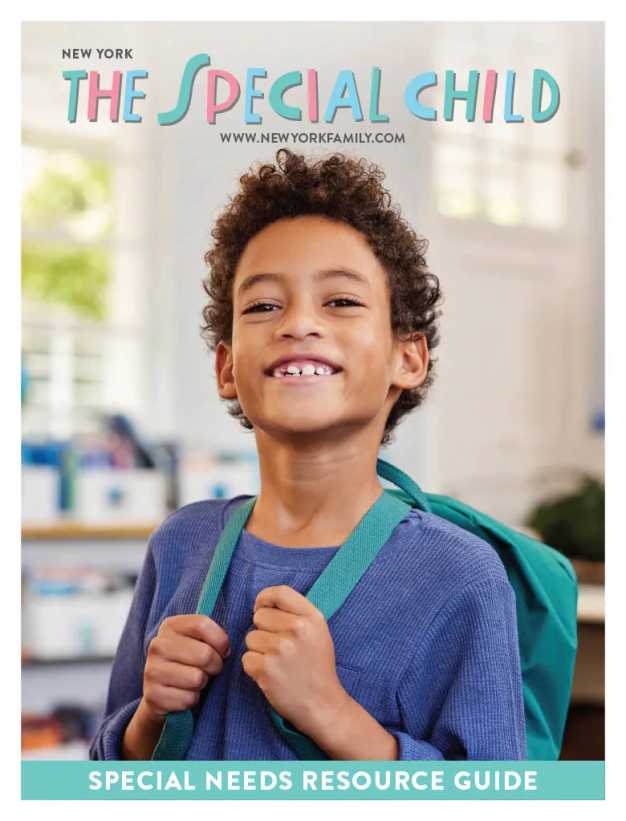When I tell friends I was recently diagnosed with autism, some of them scoff and call it nonsense. They say I function fine — that I smile, laugh, and socialize. I’m a mother who is active in the lives of my three sons, I have published two novels, and have spoken publicly at conferences and schools across the country.
In sum, I don’t fit the preconception.
I can understand where they’re coming from. Many, when they think about autism, picture an awkward teenage boy who has trouble making eye contact and is obsessed with gaming.
But, as the old saying goes: If you’ve met one person with autism, you’ve met one person with autism.
When I was little, I felt like I watched the world from inside a glass box. It never occurred to me to try to connect with what was happening outside of it. I didn’t really think of myself as having any sort of role to play. I was just a set of eyes and ears.
Time passed, however, and by the age of 10 or 11, I started to want to connect. I observed more carefully. I studied others, their body language, their laughter.
For the most part, my mimicry was unconscious. Other times, it was deliberate. For example, a certain teacher had this bright, happy way of saying “Hi!” that made you feel good inside. I remember deliberately deciding to say “Hi!” to everyone I knew in that same happy way.
Sometimes, I’d get things wrong and be bullied — even by “friends,” which was tragic and bewildering. I desperately wanted the world to be a decent, clear, golden-rule-following sort of place. Of course, I learned it wasn’t.
Eventually, I more or less shed the glass box. I grew up, got a job, got married, and had three wonderful sons. One of them was diagnosed with Asperger’s at age 11.
It took me until my kids were practically full grown in order for me to get it — to look back on my life with a clearer lens, and realize that it might not be just my son who was bringing the joys and challenges of autism into our family.
I started to figure it out while I was writing “The Someday Birds,” my first novel. It’s about an autistic boy on a long journey in search of his father, and how he learns to feel more at ease in the world. At first, I thought I was writing as a heart-gift for my son. But I soon realized that the voice emerging from the pages sounded an awful lot like that little girl from long ago.
So-called “higher-functioning” autistic women are relatively rare birds. And the reason for this, I think, is that we remain undiagnosed. We fly under the radar, we blend in.
Growing evidence is telling us that autistic women are sometimes deeply empathetic, and eager to be involved in the world. We observe social cues more carefully than men. We camouflage our symptoms.
We don’t fit stereotypes. We can be champion chameleons.
But life as a chameleon can be exhausting.
I need a lot of downtime in which to “detox” from public events. I jump with panic when my phone rings — then take a deep breath, and answer so calmly, you’d never know. Trips to the store often end with me heading home because I can’t take the sensory overload.
That’s just a very few of the daily surface challenges. But I love connecting out in the world, so I go, and do. I’ve just got to find the right balance, to learn when to push, and when to recoup.
It’s not always easy.
The only one who wasn’t surprised by my recent diagnosis was my mother. She took my hand and said, “I always suspected it was something like that.” My mom is an extremely sensitive introvert who also had issues as a child. Between you and me, I suspect she also might be somewhere on the spectrum.
But here’s the thing: It’s a wide spectrum. Autism takes as many different forms as the people it affects. Autism is a human condition, emphasis on the word “human.” I hope we can learn to expand our definitions of all the various, beautiful, different, and challenging ways that autistic brains work in this world. To accept them, and make room for them all.
Sally J. Pla in an award-winning author of two middle-grade books. Find out more about her work at sally













